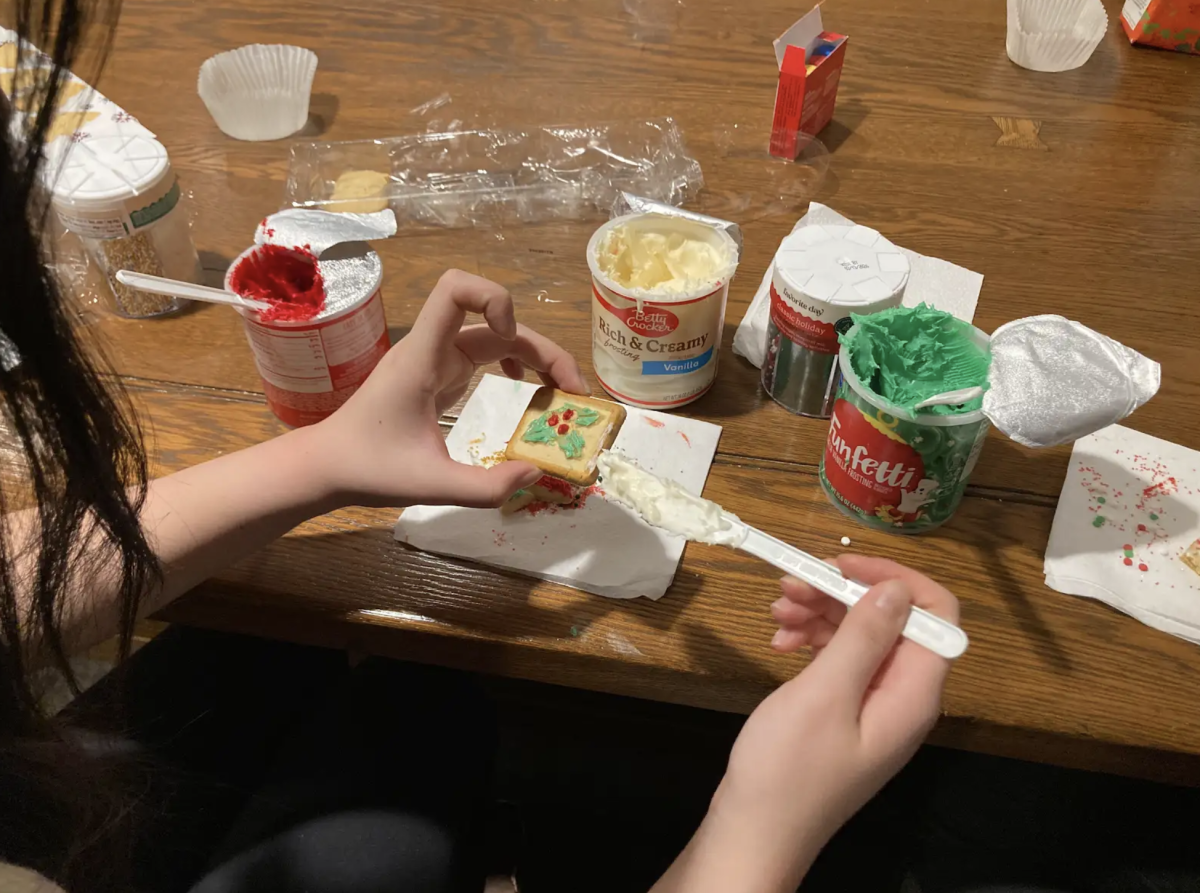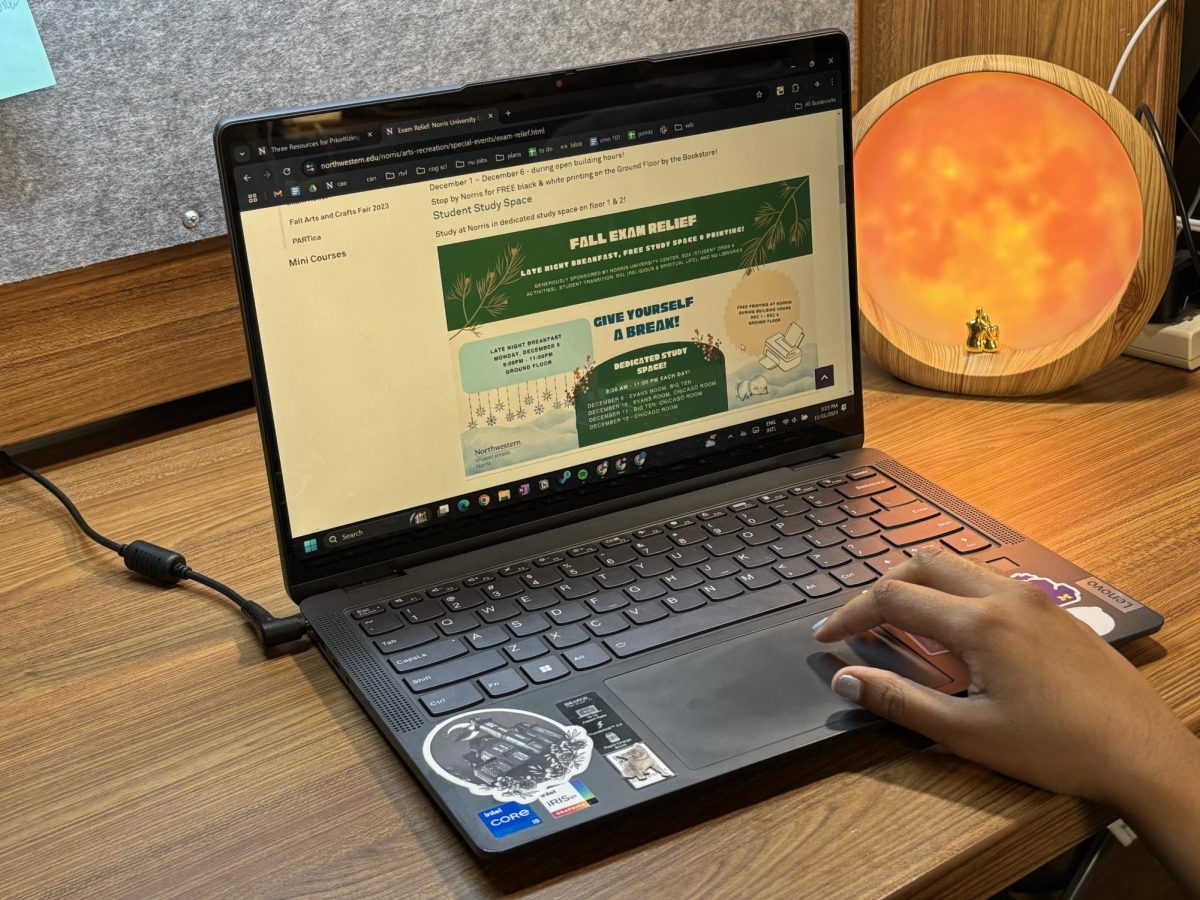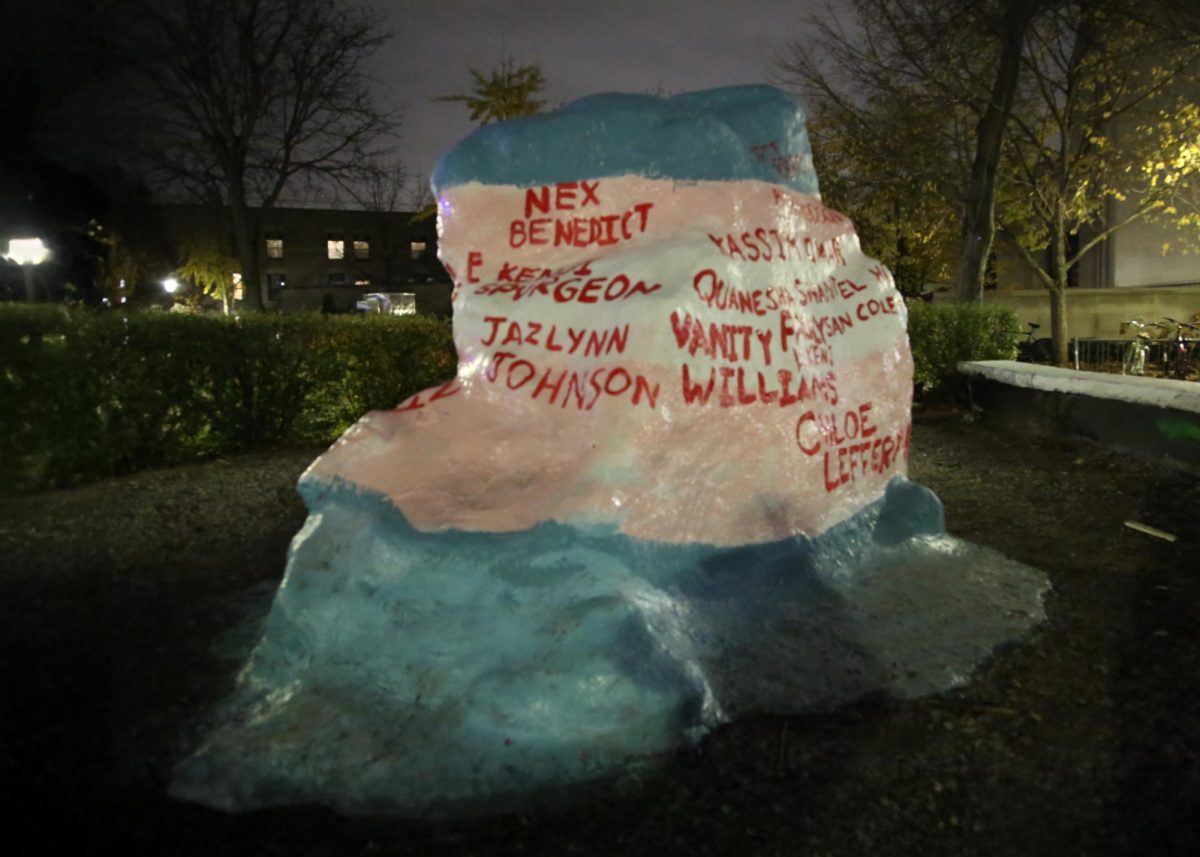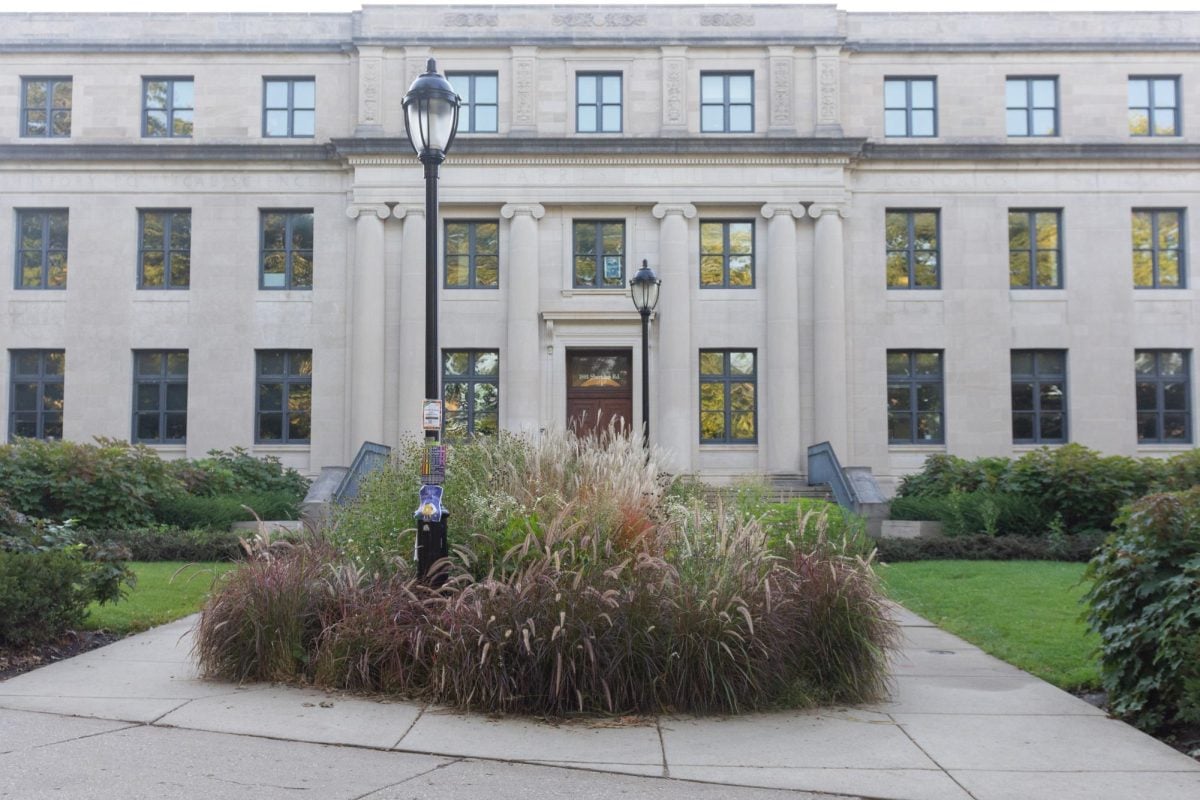Norris University Center’s Dittmar Gallery will feature a Smithsonian Institution traveling exhibit in February on the Bracero program, a controversial war initiative that brought several million Mexican immigrants to the United States as temporary laborers.
The exhibit, titled Bittersweet Harvest: The Bracero Program, 1942-1964, will open Feb. 15 and chronicle the program’s history from 1942 to 1964 by coupling the official exhibit with student and faculty research. The display is part of a nearly three-year effort to commemorate the 50-year anniversary of the Bracero program’s end and to encourage discussion on current immigration reform.
“Now, in 2014, a lot of former Braceros are in their 70s and 80s, and as they age, the Smithsonian Institution and Northwestern thought it was a good idea to collect their history,” exhibit organizer Geraldo Cadava said.
The exhibit will include photographs, audio stories and other documents about former Bracero workers and will feature events involving discussions with members of the Bracero program, film screenings and dance performances.
“Each of the other events will offer other unique ways of understanding the past and the present of the Bracero program and Latino immigration in general,” Cadava said.
The display will also highlight additional research done by professors and graduate students in the Chicago area. Almita Miranda, a first-year anthropology graduate student and the granddaughter of a Bracero worker, said she has been working with students for the past year to interview former Bracero workers in the Chicago area as part of a national initiative.
Miranda said she has transcribed 20 interviews with former Bracero workers, their wives and their children to add a more personal connection to the program. NU’s approach to this initiative was unique, she said, because students spoke to workers and family members of program participants.
“Men tended to talk about the program more favorably,” Miranda said. “They said, ‘Yeah, the work was hard,’ but it wasn’t something they weren’t used to. The women talked about more of the exploitation the men had gone through.”
This inclusive approach helped to give the exhibit a wider range of perspectives, Miranda said.
Many other individuals also helped to compile information for the exhibit. Arianna Hermosillo (Medill ’10) interviewed former Bracero workers, though she has not been involved with the initiative since 2011. She said she hopes the exhibit will help the community understand the long history of the program and of immigration in the U.S.
“I think it’s really important history to be talked about, to be recognized, to be understood and to continue on as part of eternity,” Hermosillo said.
Cadava said she is hoping the exhibit will teach the community the importance of looking at the past when thinking about debates on current immigration reforms.
“They’ll be able to use the exhibit at Northwestern to think more broadly about the issue of Latin American immigration to the U.S.,” Cadava said. “We’re hoping it will be a multisensory experience.”
Email: [email protected]
Twitter: @beccasavransky












